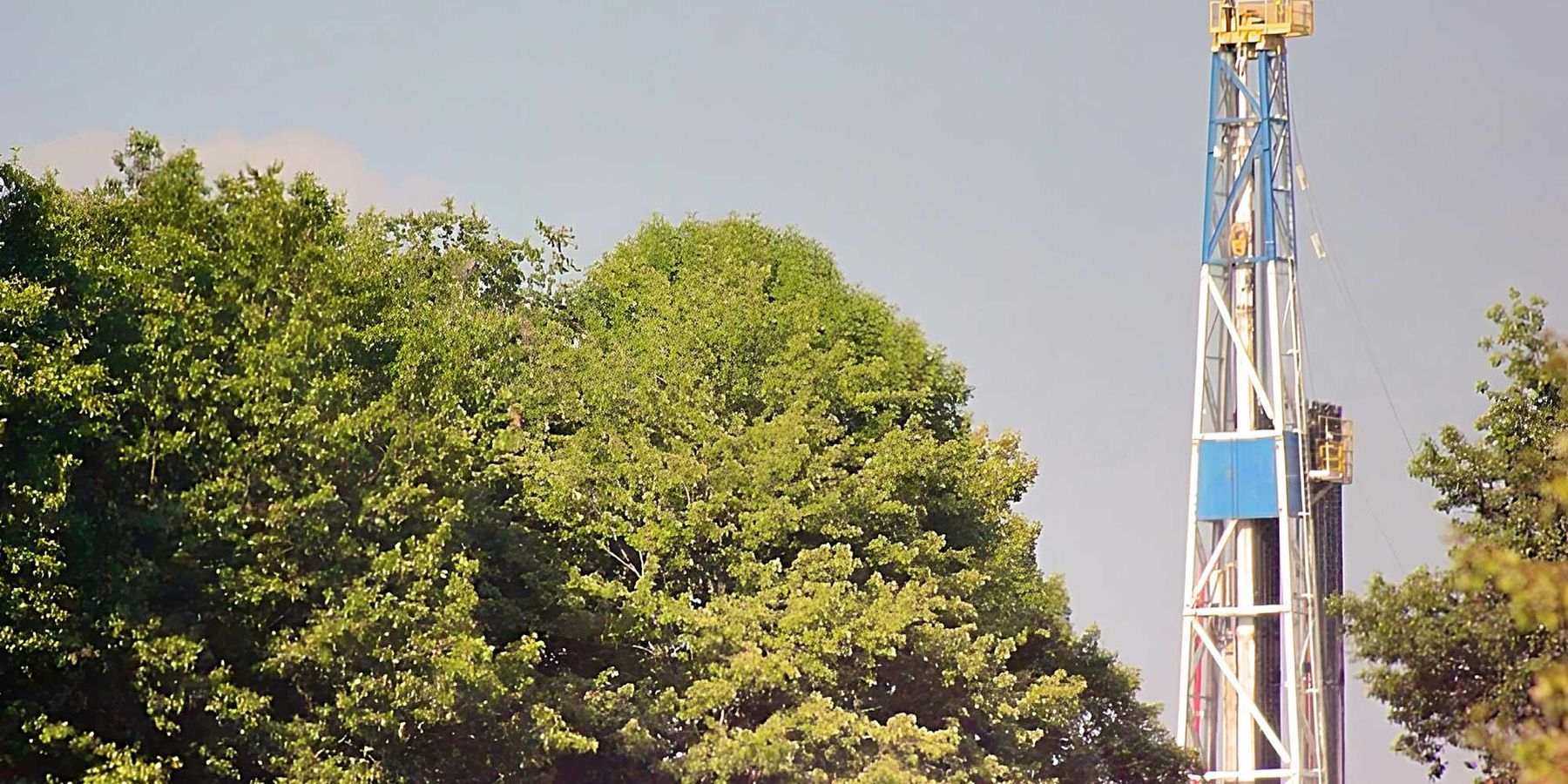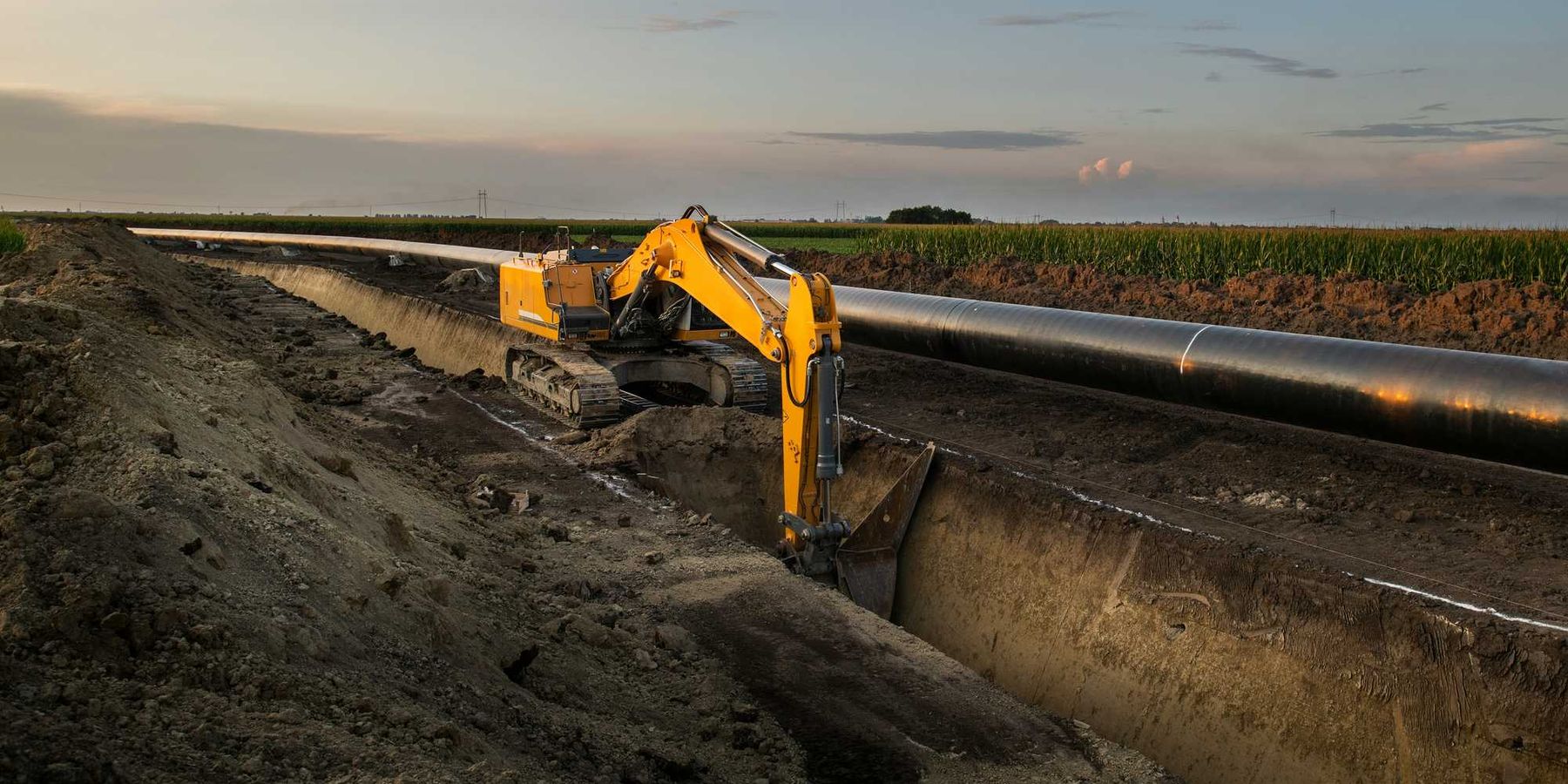Iowa faces a severe surge in stream contamination due to nitrate buildup
Iowa's prolonged drought has led to nitrate accumulation in soils, risking a significant increase in stream pollution levels.
Jared Strong reports for Iowa Capital Dispatch.
In short:
- The state's drought has heightened the potential for nitrate from fertilizers to wash into streams during heavy rains.
- Records show a 400% nitrate rise in streams post-drought in 2013, and current trends suggest a repeat.
- Conservation efforts are in place, but their impact on overall water quality remains uncertain.
In short:
“I think there can be no doubt that the long-term trend for nitrogen is up. At the same time that we’re implementing conservation, we’re also doing stuff to make it worse.”
— Chris Jones, former University of Iowa researcher
Why this matters:
High levels of nitrates in drinking water have been linked to conditions such as methemoglobinemia, or "blue baby syndrome," in infants, where the oxygen-carrying capacity of the blood is reduced.
Efforts to mitigate nitrate pollution involve improving agricultural practices, such as optimizing fertilizer use and implementing buffer zones to intercept runoff before it reaches water bodies.
EHN coverage: In Pennsylvania, more than 5.8 million pounds of toxic substances were dumped into waterways by industrial sites in 2020, including chemicals like nitrates from farming and byproducts from petroleum, steel and coal-related industries that are linked to cancer, reproductive harm and developmental issues in children.













